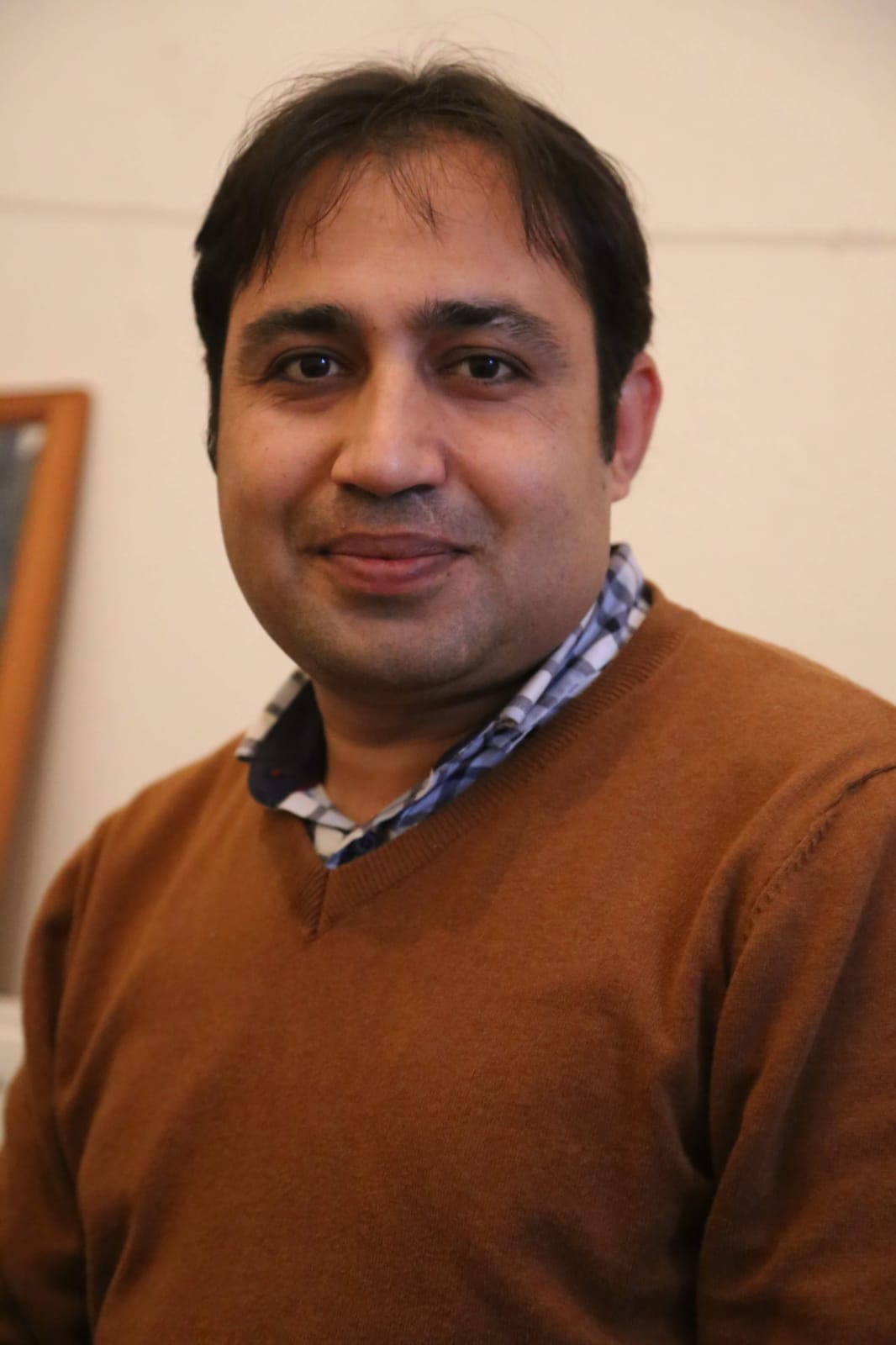
Dr Jawad Ahmad
Dr Jawad Ahmad is an experienced teacher with more than 10 years of cutting-edge teaching and research experience in prestigious institutes including Edinburgh Napier University (UK), Glasgow Caledonian University (UK), Hongik University (South Korea) and HITEC University Taxila (Pakistan). During his professional career in the UK, South Korea, and Pakistan, he has taught numerous industry-relevant courses such as Programming for Cyber Security, Cryptography, Operating Systems, Computer Systems and Mathematics for Computing. He has supervised several PhD, MSc and undergraduate students in their dissertations. He was a postgraduate student coordinator and curriculum development committee member at HITEC University Taxila Pakistan. He has co-authored more than 100+ research papers (2000+ Google Citations), including in leading international journals and peer-reviewed international conference proceedings. In 2020, he was recognised as a Global Talent in the area of Cyber Security by the UK Research and Innovation Body and Royal Academy of Engineering. His name was included in World’s Top 2% highly cited scientists. He earned a gold medal and bronze medal for best performance in MS (Electrical Engineering) and BS (Electronics Engineering), respectively.